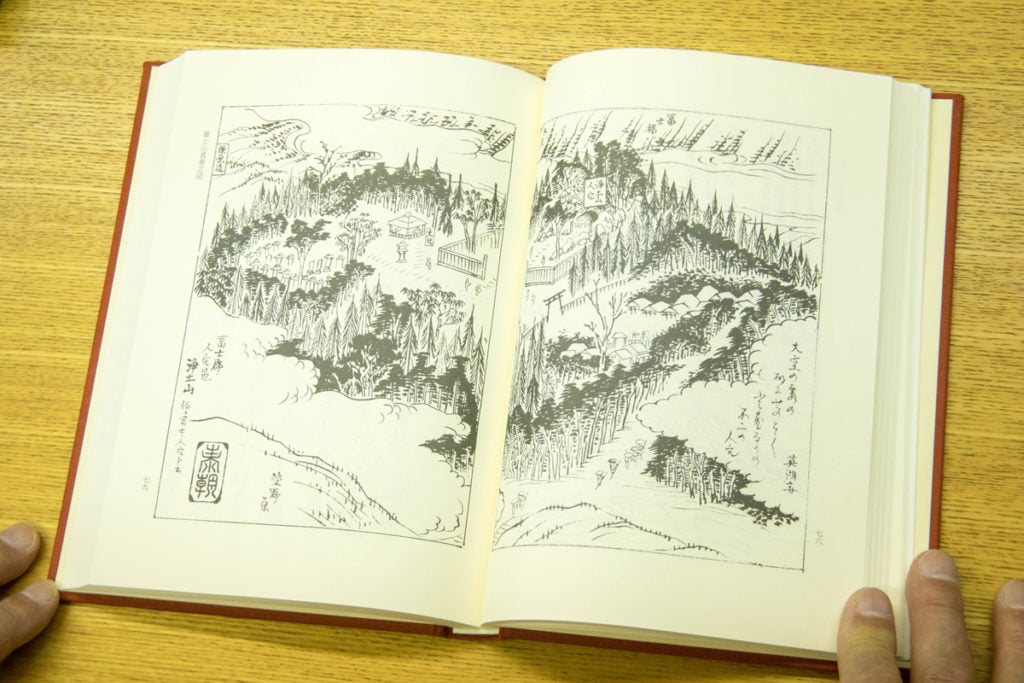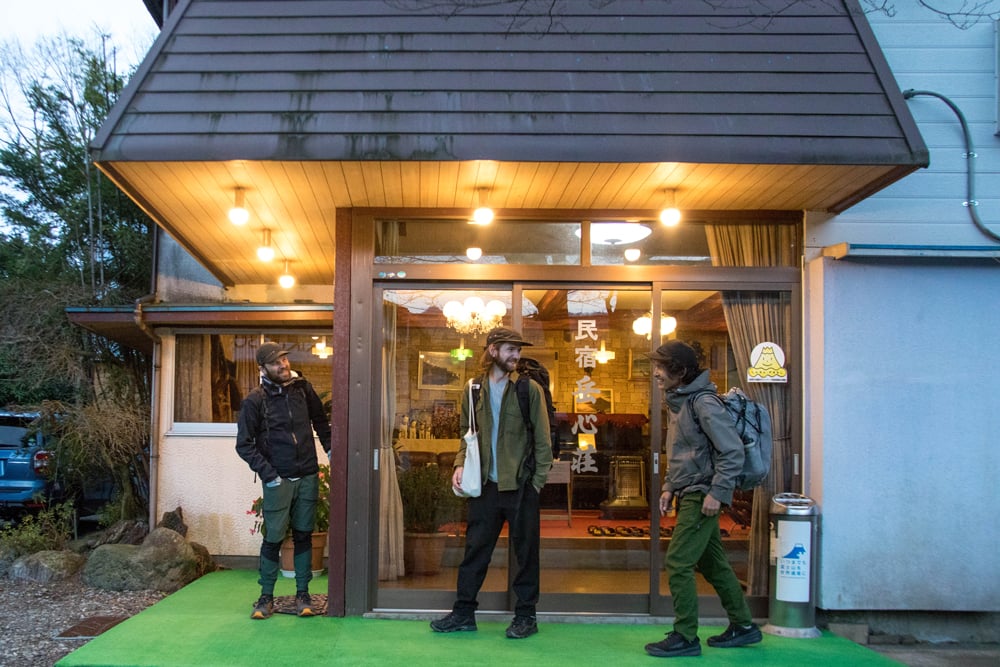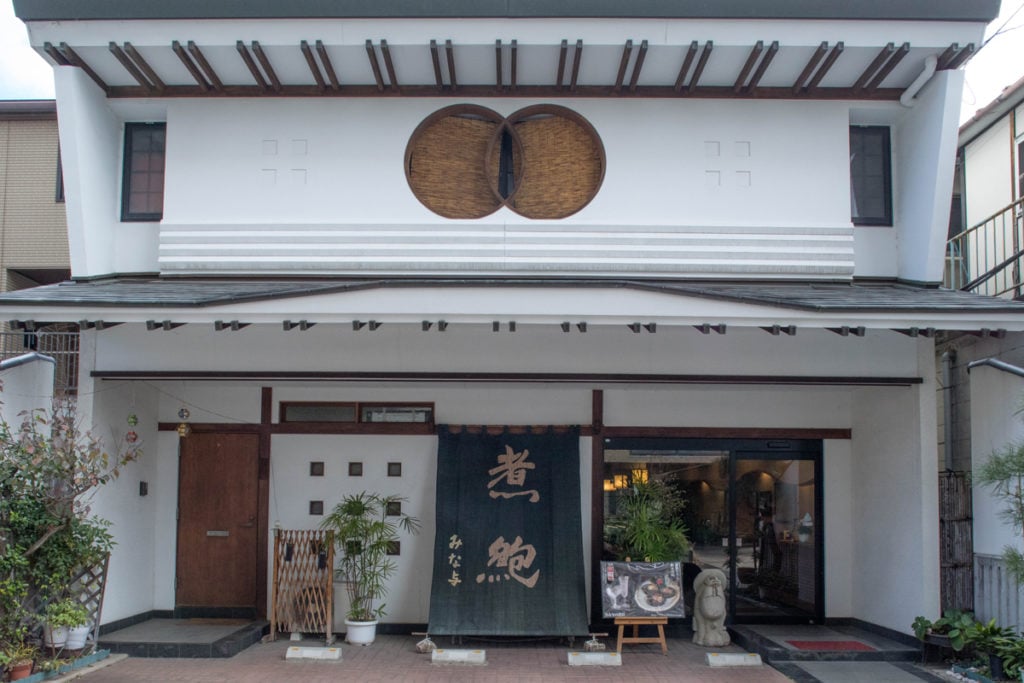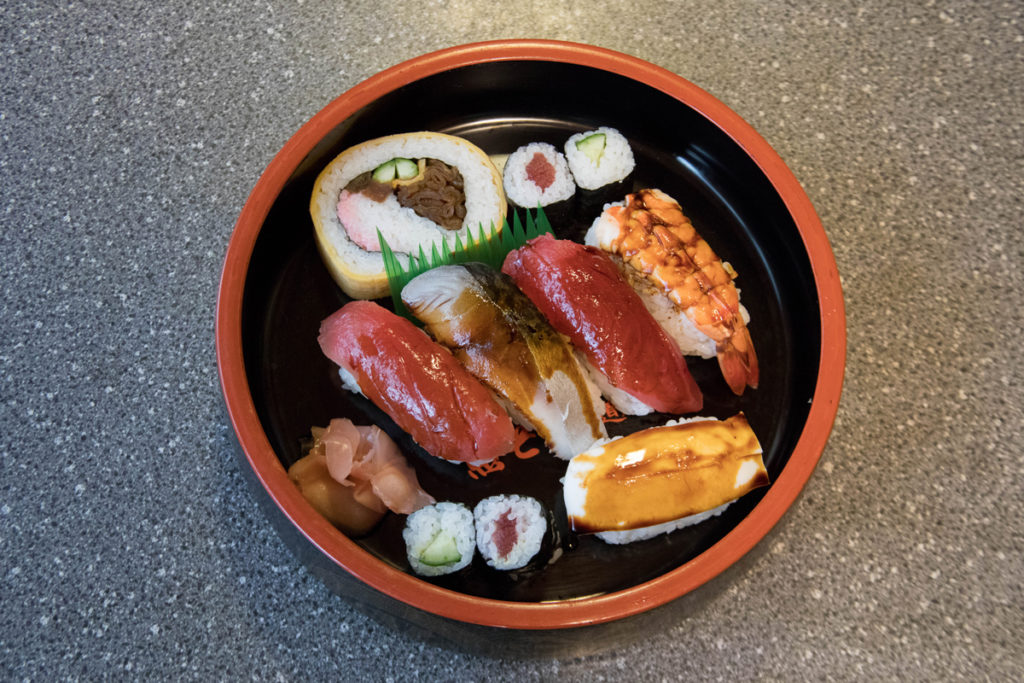Why Tuna is so beloved in landlocked Yamanashi
In landlocked Yamanashi, locals are particularly attached to Maguro (tuna). Yamanashi is the second largest consumer of Maguro in Japan and it’s in first place in terms of the ratio of sushi joints per capita. The roots of this love for tuna can be traced all the way back to the Edo Period. Back then, tuna landed in Suruga Bay and were slung onto horseback and then conveyed from the post town of Yoshiwara (currently Fujinomiya City in Shizuoka Prefecture) along the Tōkaidō road, taking the shortest route possible to arrive in the sushi stores of Kofu by the following dawn. That shortest possible route is the Nakamichi Oukan. This road – which could be fairly described as having kept the people of Yamanashi satiated – was used as a military road since the Genpei War at the end of the 12th Century, and during the Warring States period was also used by the likes of Takeda Shingen, Oda Nobunaga, and Tokugawa Ieyasu. Into the Edo period, the road was frequented by travelers and merchants and became a transportation route for seafood landed in Suruga Bay, hence the nicknames of “the fish road” and the “salt road”.
It’s time to follow in the footsteps of all the tuna carried up from Suruga Bay, and to get stuck into some jumbo-sized tuna nigirizushi in Kōfu! United in this ambition at the starting point of Yoshiwara are Kounousuke Ishikawa, the owner of Koshu outdoor shop owner “SUNDAY”, and Belgian-born Papersky Japan Stories web designer Silas Vidar. Ishikawa-san will navigate the 80km journey to Kofu.
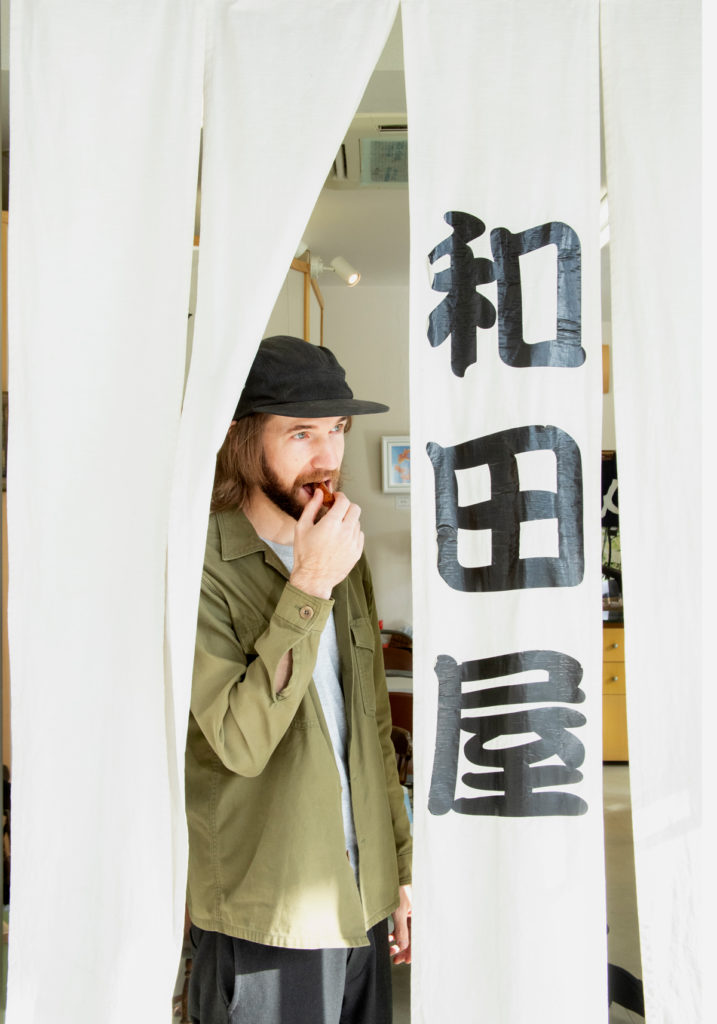
The first port of call is the Fujinomiya City Museum. Curator Mr. Watai fills us in on the link between Fujinomiya City and the Nakamichi Oukan. “In the background to the road linking Suruga in Kai is the religious worship of Mt.Fuji and the existence of the Fuji-ko sect, an Edo-period Shinto sect dedicated to the worship of Mt.Fuji. As well as the Fujisan Hongū Sengen Taisha, along the Nakamichi Oukan you will also find the Fuji Gozan, which are five influential temples of the Nichiren school of Buddhism. There is also the Hitoana Fujiko Ruins near the highway where Fujiko founder Hasegawa Kakugyo is said to have undergone religious training. The fact that so many people passed along the Nakamichi Oukan on their way to Mt.Fuji suggests that it was also a road of creed.”
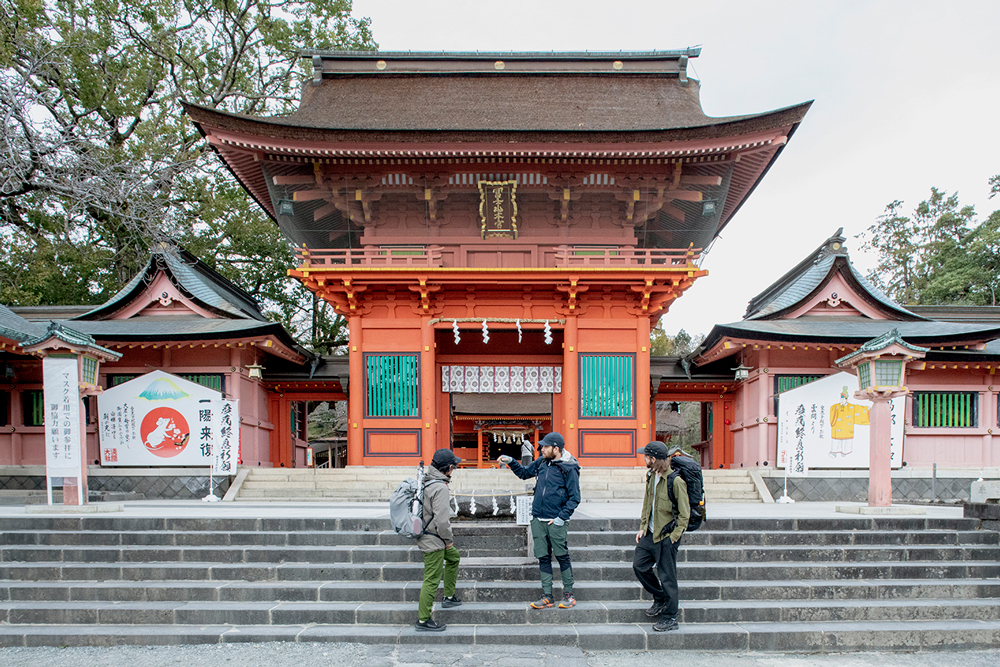
Mr. Watai kindly shows us the old Nakamichi Oukan road as well as the site of the “Fuji no Makigari”, a grand hunting event arranged by shogun Minamoto no Yoritomo around the foot of Mt.Fuji, and the famous Kariyado no Gebazakura cherry tree. Looming beyond is the “Shiraito Falls” down which cascades water welling up from the foot of Mt.Fuji. At last, the road has reached the edge of the lake.
On day 1, we kill some time at “Matsu Kaze”, a restaurant by Lake Motosu serving wild game. Owner Masahiro Takiguchi is a hunter who also runs the town’s deer meat processing plant. Having scoured every local trail including the animal trails, he is a fount of historical knowledge regarding the old road and recounts various episodes.
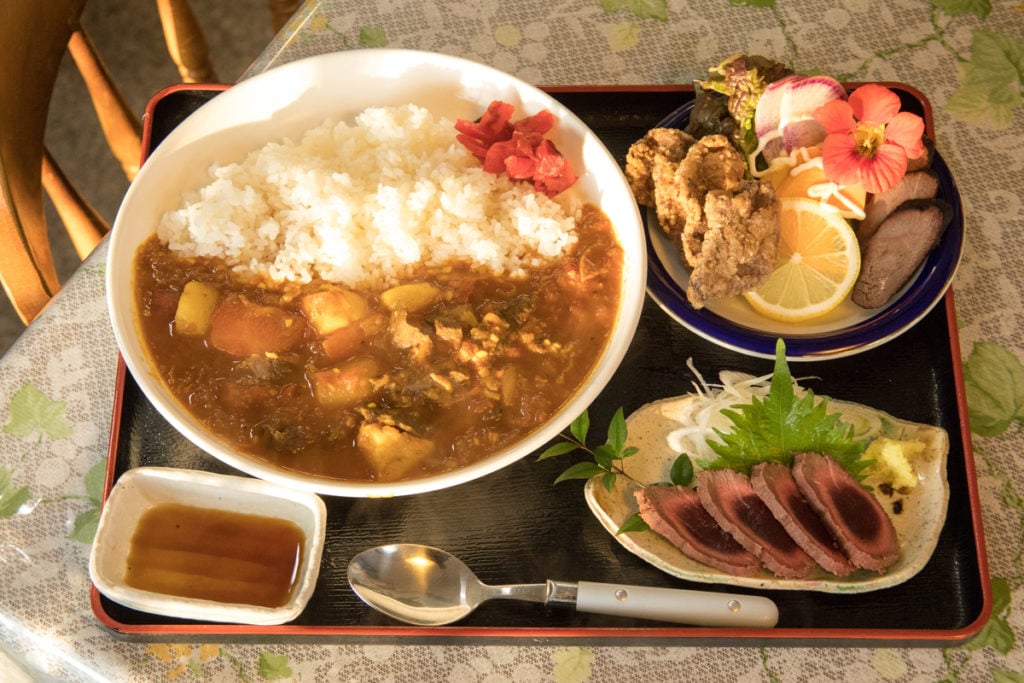
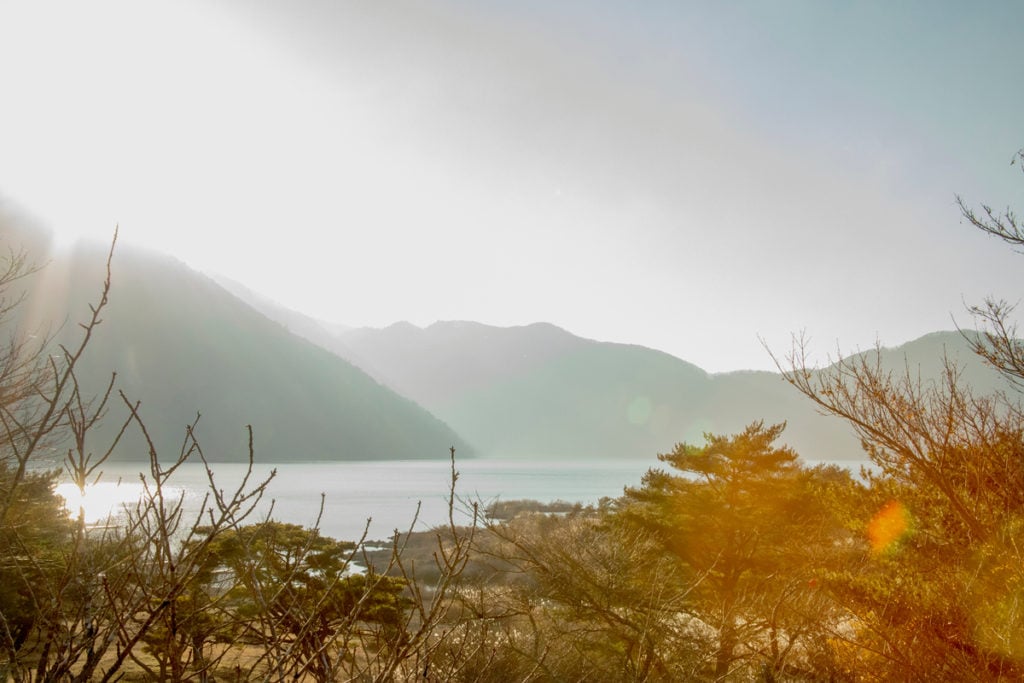
On Day 2, we depart from the Lake Shoji guesthouse village where we spent the previous night. The highlight of this day was the town of Ubaguchi, and were lucky to be guided by Mr. Sasaki and Mr. Watanabe of the “Ubaguchi Historical and Cultural Promotion Council”. After paying our respects to the “Shoji Cedar”, a natural monument, and at Shoji Suwa Shrine, the 7 of us set off on our way.
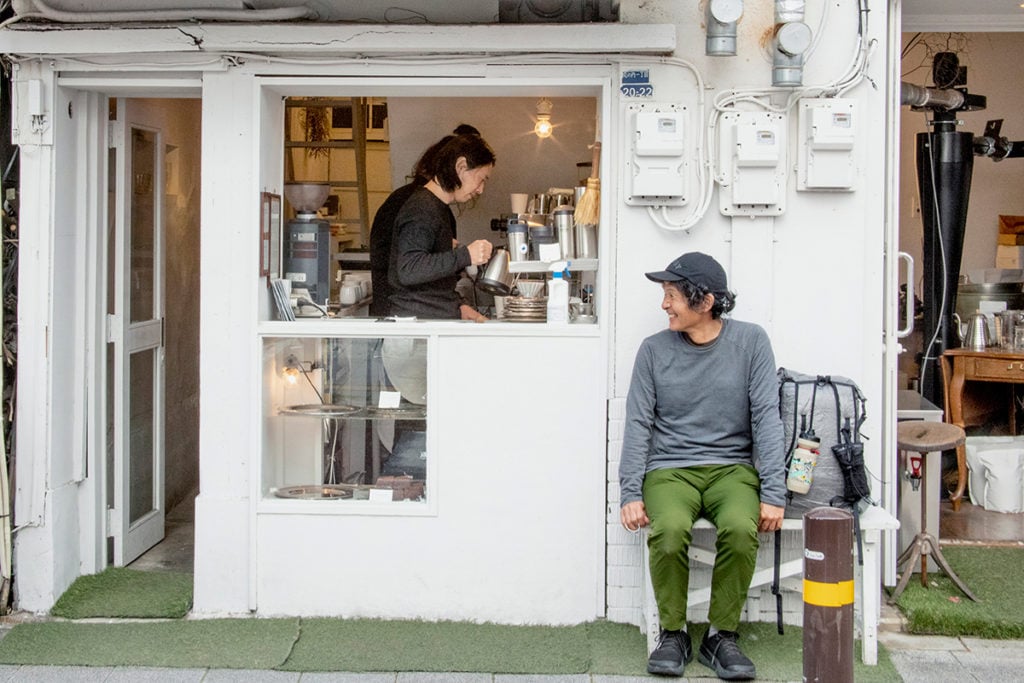
The foremost post town on the highway is a village of literature
Leaving the roadway at the remains of the Furusekimachi checkpoint, we head towards Ubaguchi pass. Along the road are numerous stone Buddhist images, including horse-headed Kannon and thousand-armed Kannon that were placed to pray for the safe passage of travelers. There is a memorial tower which was probably a signpost back in the day. The little stone images are engraved with individual names and religious associations.
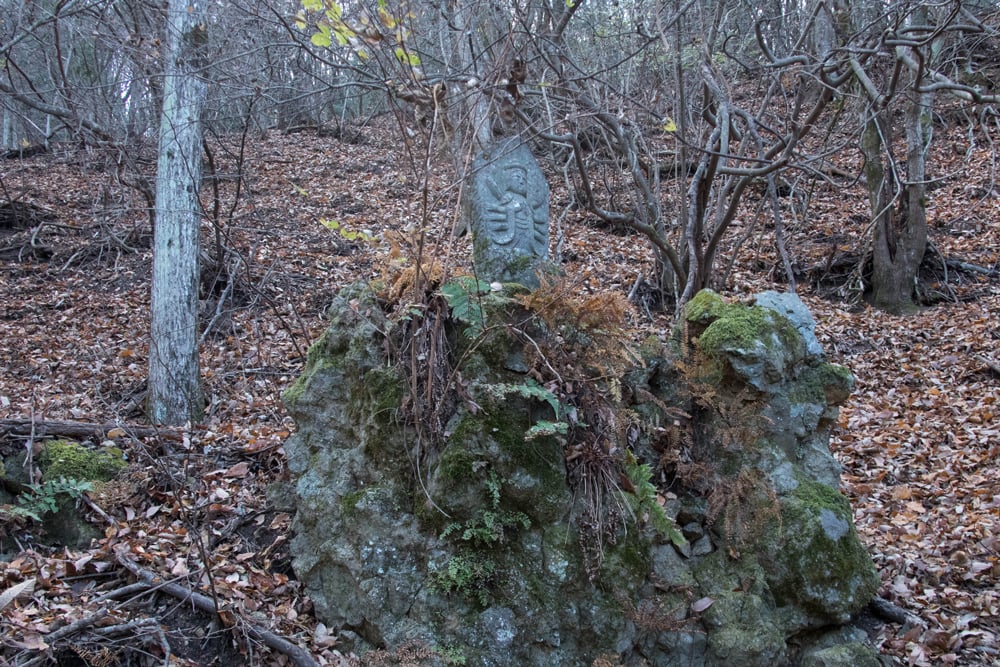
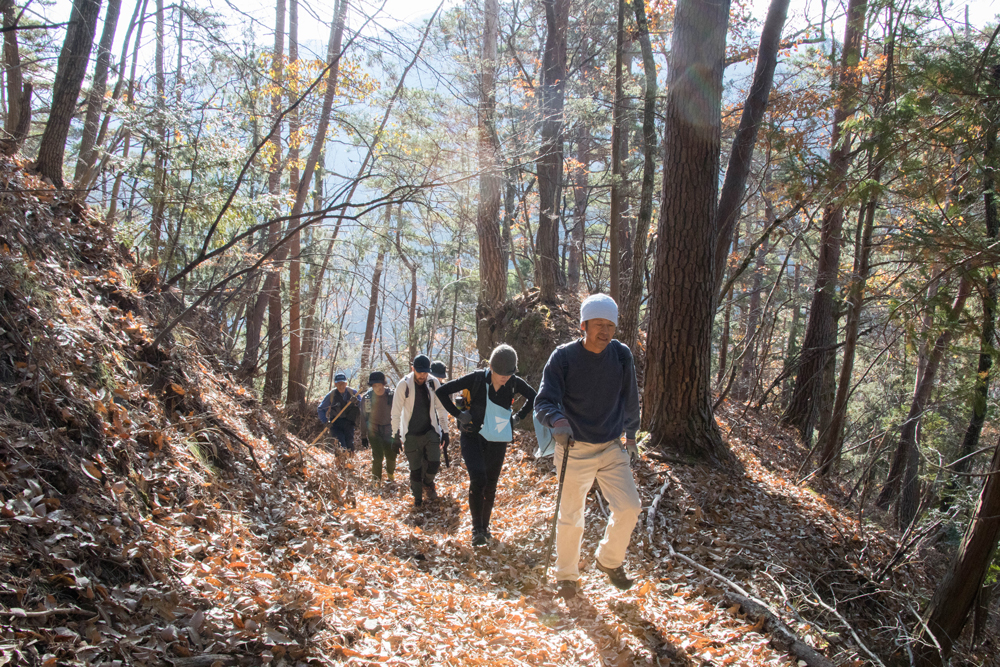
Walking straight ahead brings us to Ubaguchi pass which affords a view of the Kofu basin, after which we descend to the post town of Ubaguchi (currently Ubaguchi Town). While it already had the trappings of a post town from the Warring States period, the town was subsequently established by Tokugawa Ieyasu for the coming and going of Oda Nobunaga. It was said to have been conferred special privileges by Ieyasu during the Tenshō era, and the elegance of the Edo period is still evident in buildings such as the “Treasure Storehouse” which bears the red-sealed shogunate license and Tokugawa family crest on its roof tiles. This is indeed the birthplace of tanka poet Houdai Yamazaki, known as the “homesick poet”, and there are plaques honoring him around the town. His many poems about familiar scenes are written in colloquial speech with a touch of aloofness, and the humor and solitude are meaningful and heartrending in equal measure. Sasaki-san and Watanabe-san eloquently recite one poem each. Poetry seems to be part of the woodwork of this town.
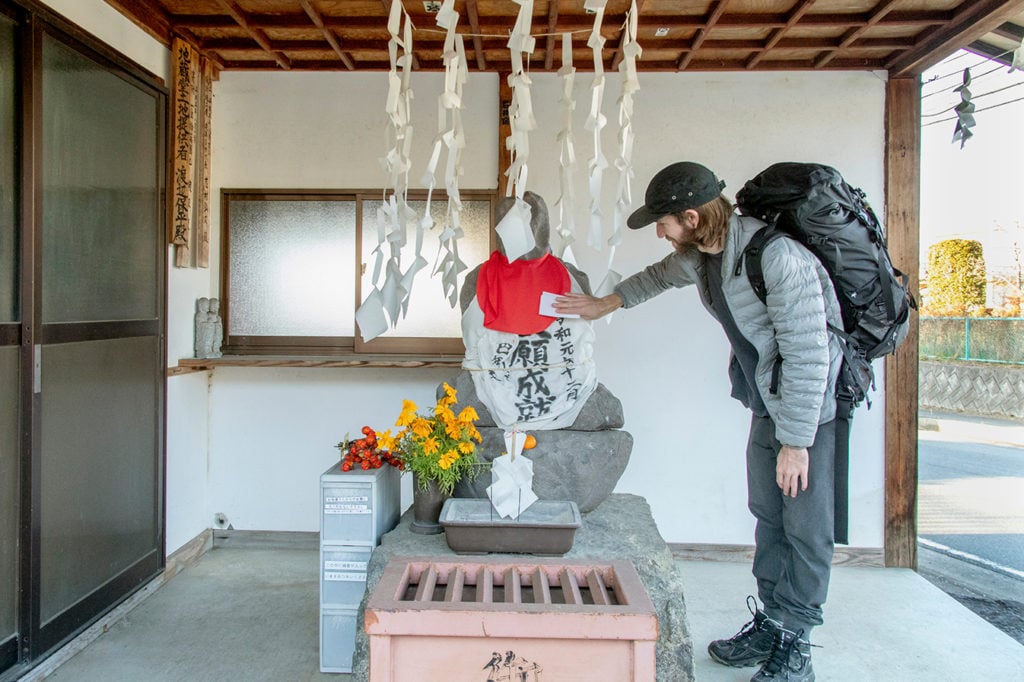
On Day 3, we depart the nearby “Ubaguchi no Sato” and head for the site of Kofu Castle, today’s goal. We make a stop at the legendary “Minayo”, a simmered abalone restaurant in business for 400 years. This is a local delight created by the Nakamichi Oukan. Soy sauce casks stuffed with abalone and bamboo grass were loaded onto horseback, and gently heated by the horse’s body temperature. By the time they arrived in Kofu, the taste was supposed to be perfect. Minayo still uses such traditional preparation methods, insisting on black abalone from the nearest coastal waters, drawing in hordes of Kofu locals.
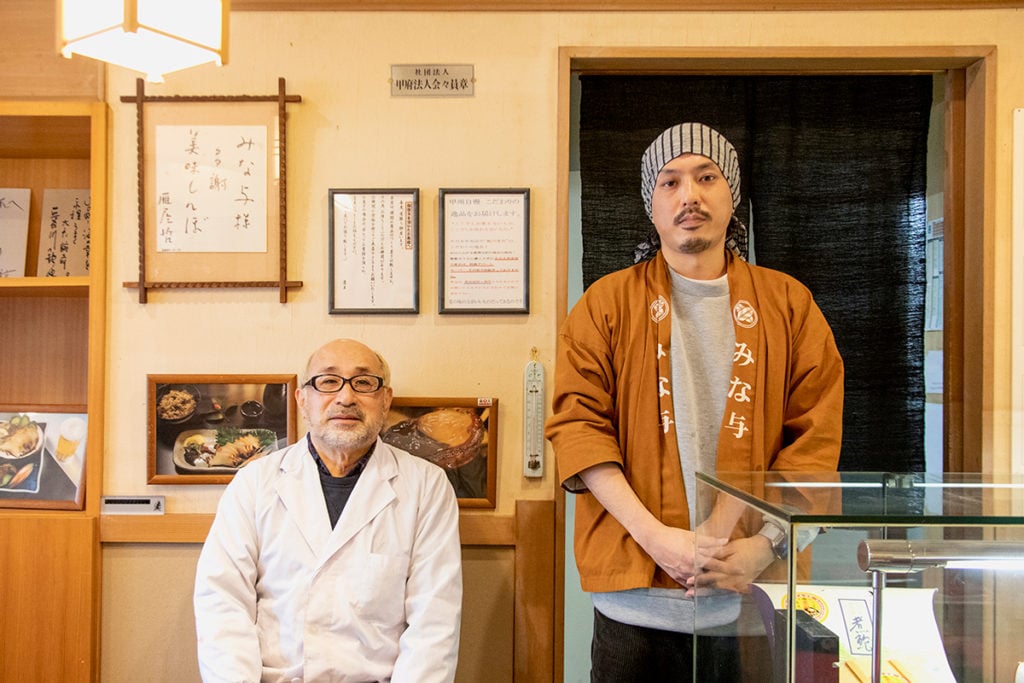
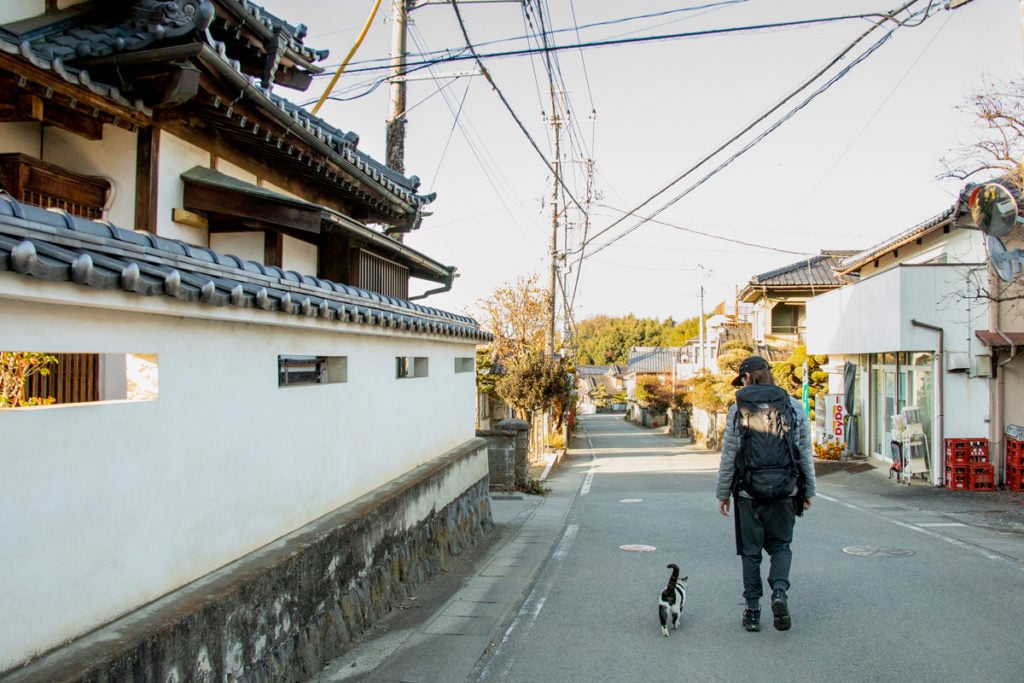
Having worked up a hunger, we at last can tuck into the famed Koshu Sushi at the Uoso Nakamichi Branch. Maguro is of course the centerpiece. The proprieter explains: “These were often eaten during lunchtime by farm workers, so they were deliberately made extra-large and coated with a sweet sauce to preserve them longer. It was a masterstroke by our predecessors to make raw fish a little tastier and to preserve it a little longer.” We bite into the over-sized nigirizushi, casting our minds back over the 80km covered from Tsuruga to here. For these famished pilgrims, the fatty and succulent tuna goes down our throats as a trickly treat.
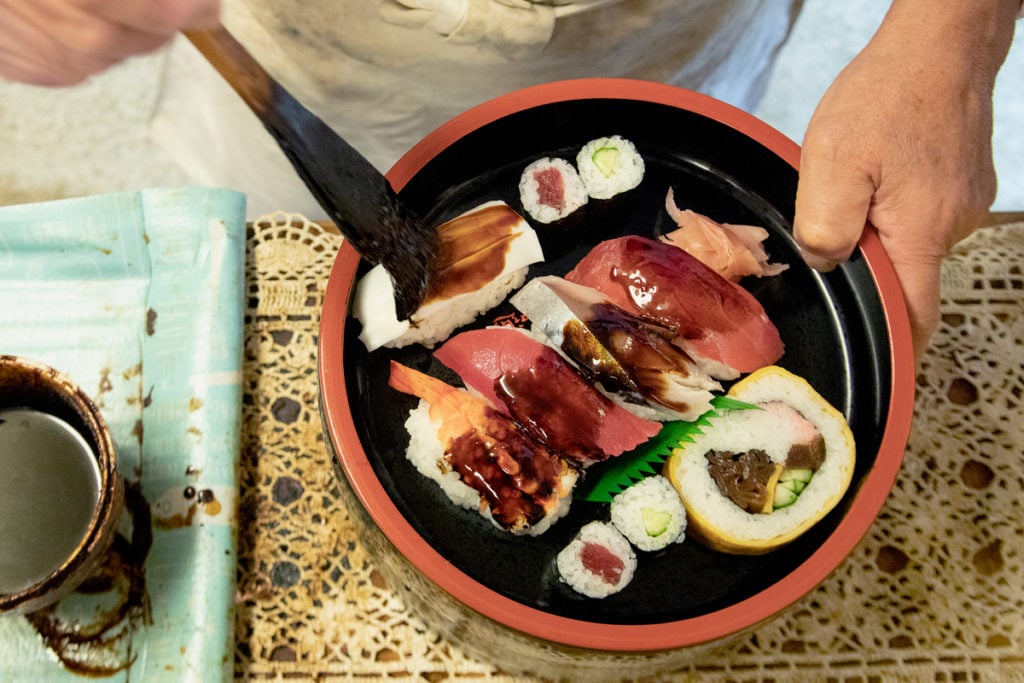
Trail Guide
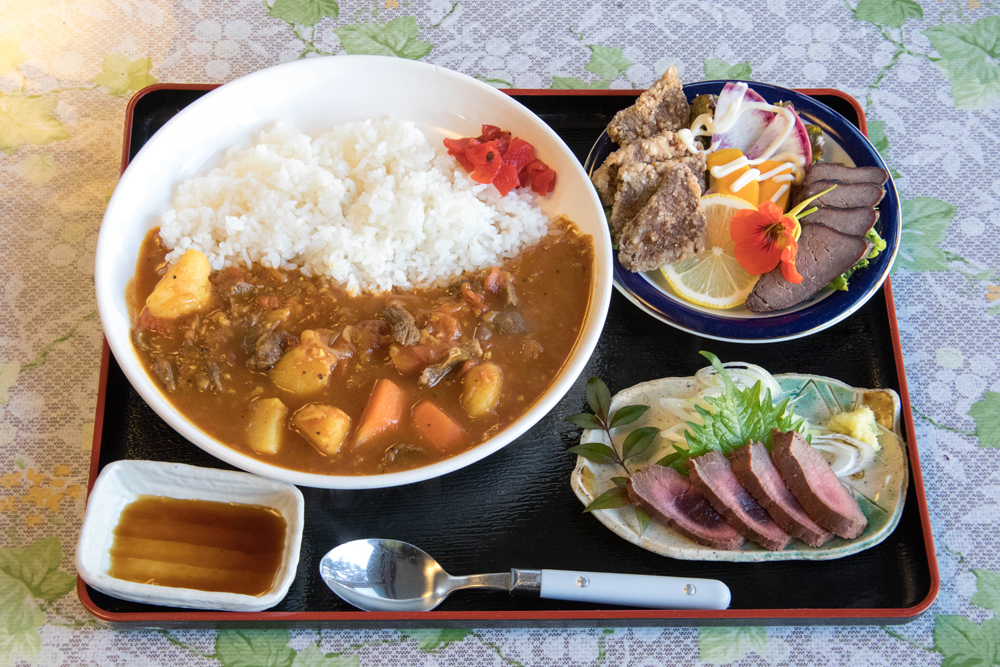
120-1 Motosu Fujikawaguchiko-machi,
Minamitsuru-gun, Yamanashi












